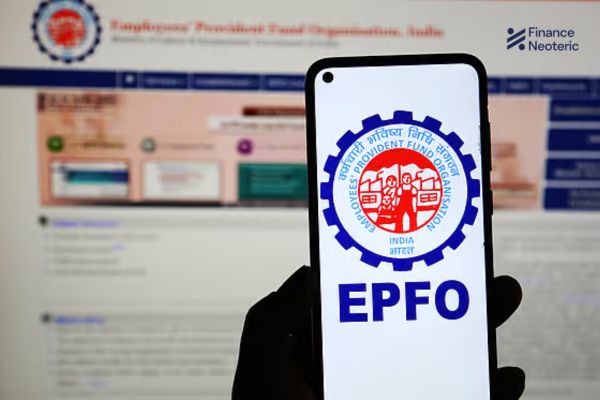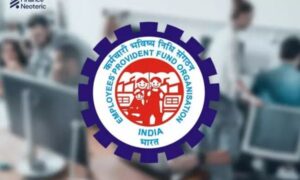EPFO New Rules 2025: 5 Big Changes Every Member Must Know

The Employees’ Provident Fund Organisation (EPFO), with over 7 crore active members in India’s organised private sector, has introduced several major policy reforms in 2025. These updates aim to make processes simpler, more transparent, and digitally driven for members.
Here are the five most important changes EPF members should know:
1. Updating your profile is now easier than ever
EPFO has simplified the process of updating member details. If your Universal Account Number (UAN) is linked to Aadhaar, you can now update your name, date of birth, gender, nationality, parents’ names, marital status, spouse’s name, and date of joining directly online without submitting any documents.
2. Hassle-free PF transfer when you change jobs
Earlier, transferring your PF balance while changing jobs required approvals from both old and new employers. This used to delay the process. From 15 January 2025, most PF transfers can now happen automatically without needing employer approval, making the entire process faster and smoother.
Also Read:- How Can I Start Budgeting My Salary?
3. Digital process for UAN and joint declaration
From 16 January 2025, the joint declaration form has also gone digital. If your Aadhaar is verified and linked to your UAN, you can now submit the declaration online. However, in some cases, such as if Aadhaar is not linked, UAN is not created, or the member is deceased, physical forms will still be required.
4. Centralised pension payments launched
EPFO has launched the Centralised Pension Payment System (CPPS) from 1 January 2025. Now, pension will be transferred directly to your bank account using the NPCI platform, removing the need to shift PPOs between regional offices. This will reduce delays and simplify pension processing. New PPOs will also be linked with UAN, making it easier for pensioners to submit Digital Life Certificates.
5. Transparent rules for pension on higher salaries
EPFO has now made the process clear for employees seeking pension based on a higher salary. If your salary is above the standard EPFO limit, you can still avail pension benefits by paying additional contributions. Even organisations running private trusts will need to follow this process. Payments and adjustments of outstanding contributions will also follow a standard trackable method.
Also Read:- How Can I Track My Daily Expenses?
What does this mean for EPF members?
These reforms show that EPFO is no longer just a savings tool. It is evolving into a modern, efficient, and fully digital service platform. By simplifying key processes and embracing technology, EPFO is offering significant relief and support to employees and pensioners.
Stay connected with FinanceNeoteric on WhatsApp Channel for expert coverage and in-depth financial stories.
Disclaimer: This post is for general informational purposes only. It does not constitute financial advice. Please consult a qualified professional before making financial decisions.









